Cosmic Cataclysms: Asteroids In Inuit Legends
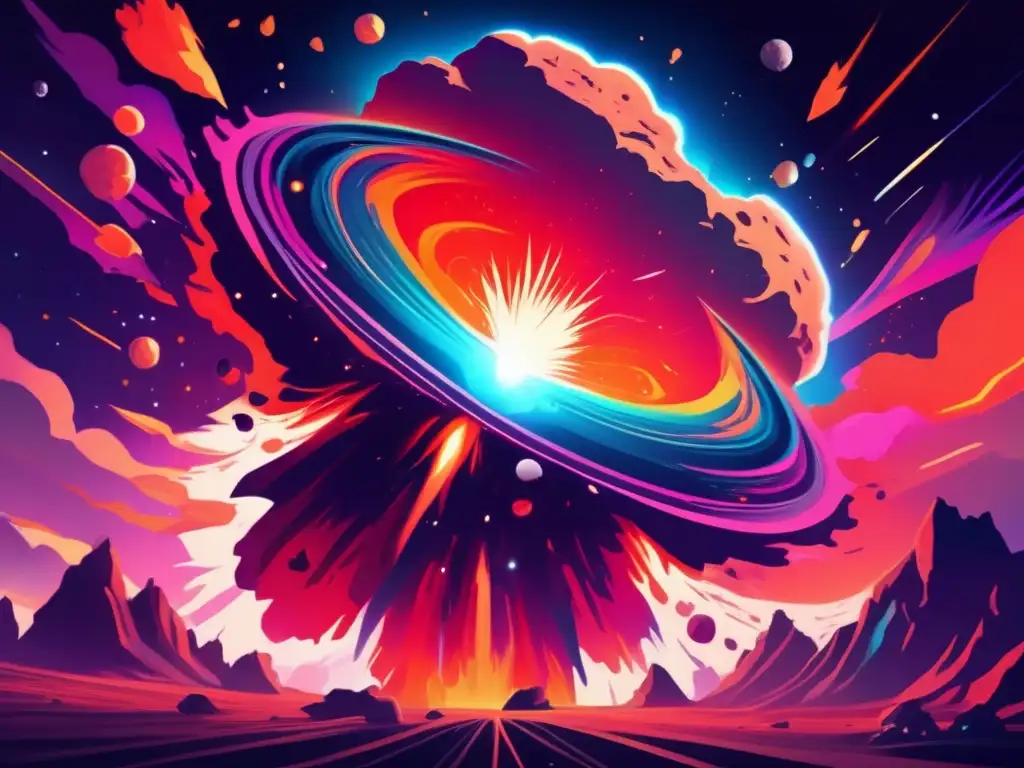
Introduction
Asteroids, the small rocky objects that orbit the sun, have captured the fascination of humans since ancient times. These celestial bodies have been studied and explored by scientists for years, revealing valuable insights into the history of our solar system. However, asteroids have also played a significant role in the mythologies and folklore of various cultures around the world. One such culture is the Inuit, who have a rich tradition of storytelling that features asteroids as important characters and catalysts for cosmic cataclysms.
The Inuit Mythology of Asteroids

The Tale of Sedna and the Falling Stars
In Inuit mythology, Sedna is the powerful goddess of the sea and marine animals. The story goes that when Sedna was angry with her father, she fled to the sea where she was swallowed by a giant fish. Her father asked a shaman to find her and bring her back, which he did by cutting off the fingers of Sedna's hands. As Sedna's fingers fell from the shaman's knife, they transformed into the first sea creatures.
According to Inuit legend, the falling stars in the sky are the frozen fingers of Sedna, forever reaching for the sky in her anger towards her father. This tale demonstrates the Inuit reverence for the power and danger of asteroids, which they believed could symbolize the wrath of the gods and the uncontrollable forces of nature.
The Moon-Eating Hare
In another Inuit legend, it was believed that every month the moon would disappear due to a hare that was eating it. In order to stop the hare, a group of hunters were sent to shoot arrows at it. Instead of hitting the hare, the hunters accidentally hit an asteroid that was passing by, causing it to break into many pieces. These pieces rained down on Earth, causing great destruction. This story illustrates the Inuit belief in the interconnectedness of all things and the potential dangers of interfering with the natural world.
The Aurora Borealis
The Inuit also believed that the aurora borealis, the colorful lights that can be seen in the night sky in high latitudes, were caused by the spirits of their ancestors playing a game of soccer with a walrus skull and a human head. The missing teeth of the skull are said to represent the falling stars, which could have been interpreted as asteroids. The aurora borealis was considered a spiritual phenomenon by the Inuit, representing the presence of their ancestors and the power of the cosmos.
The Significance of Asteroids in Inuit Culture
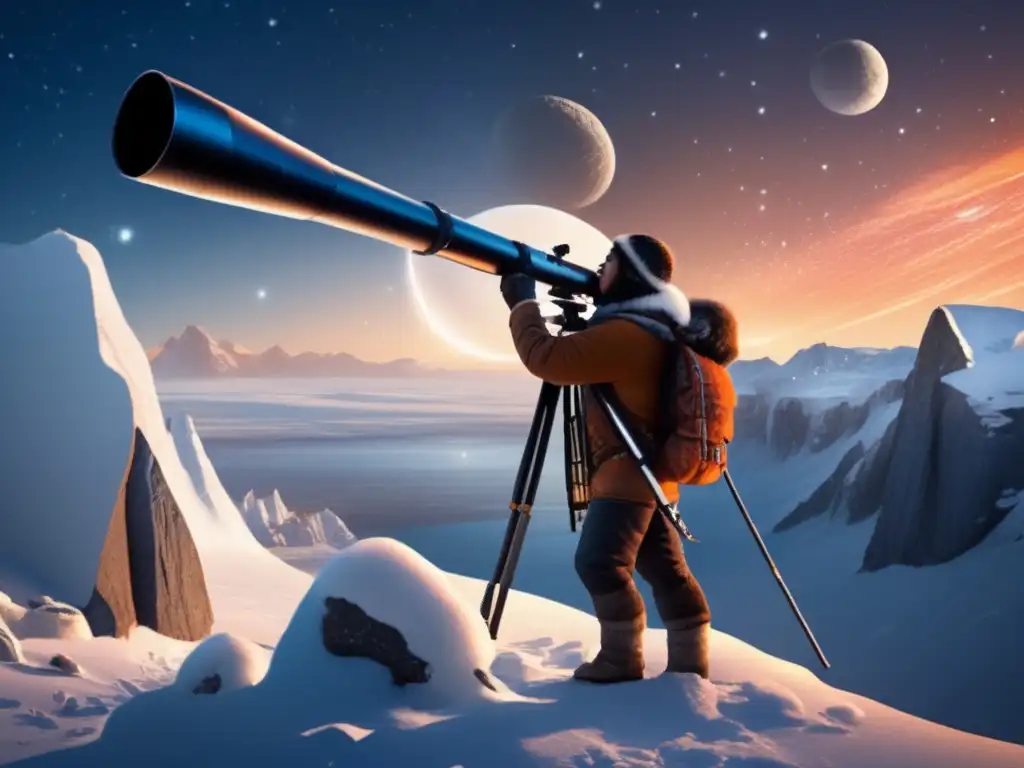
Cosmic Cataclysms
The Inuit people lived in a harsh and unforgiving environment, where survival depended on understanding and respecting the forces of nature. Asteroids were seen as powerful symbols of the uncontrollable and unpredictable forces of the cosmos, which could wreak havoc on the Earth when they collided with it. By personifying asteroids in their mythology, the Inuit were able to better understand and come to terms with these unpredictable and dangerous phenomena.
Spiritual Connections
The Inuit believed that everything in the universe was interconnected, including themselves, the animals around them, and the celestial bodies in the sky. Asteroids were seen as part of this interconnectedness, and their influence on the Earth and its inhabitants was believed to be deeply spiritual in nature. By incorporating asteroids into their myths, the Inuit were able to connect with the larger universe and express their awe and wonder at its mysteries and complexities.
Frequently Asked Questions

-
Did the Inuit believe that asteroids were sentient beings?
No, the Inuit did not believe that asteroids were sentient beings, but rather powerful symbols of the cosmic forces that surrounded them.
-
Were there any other celestial objects that were important in Inuit mythology?
Yes, the Inuit also had myths and legends about the moon, sun, and stars, which they believed had great significance for their daily lives.
-
How did the Inuit pass down their stories and legends?
The Inuit passed down their stories and legends orally, from one generation to the next. They used storytelling as a way of preserving their culture and traditions.
-
Are there any Inuit traditions or practices that are still observed today?
Yes, many Inuit traditions and practices, such as hunting and fishing, continue to be an important part of their daily lives. In addition, the Inuit have a rich artistic and musical tradition that is still celebrated today.
-
Are asteroids still significant in modern Inuit culture?
Asteroids do not play as prominent a role in modern Inuit culture as they did in their mythology. However, the Inuit still have a deep respect for the natural world and the forces that shape it.
Conclusion
The Inuit mythology of asteroids is a fascinating example of how ancient cultures used storytelling to understand and interpret the natural world. For the Inuit, asteroids were powerful symbols of cosmic forces that could cause great destruction and chaos on Earth. By incorporating asteroids into their mythology, the Inuit were able to connect with the larger universe and express their spiritual connection to it.
As we continue to explore and study asteroids, we can gain a deeper understanding of our solar system and the forces that shape it. The Inuit mythology of asteroids reminds us of the wonder and mystery that still surrounds these small rocky objects and the importance of respecting the power of nature.
Additional Resources
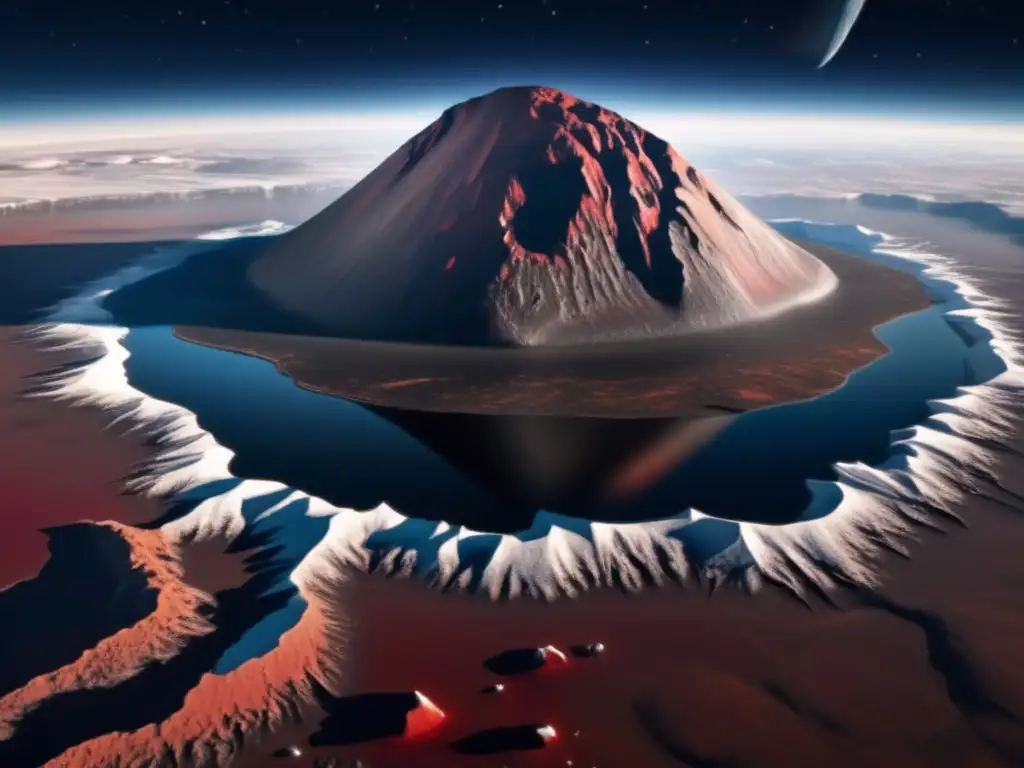
- The world's only Inuk astronomer on why space matters for Inuit
- Enduring Tradition: Inuit Storytelling
- Inuit Foods and Dietary Culture
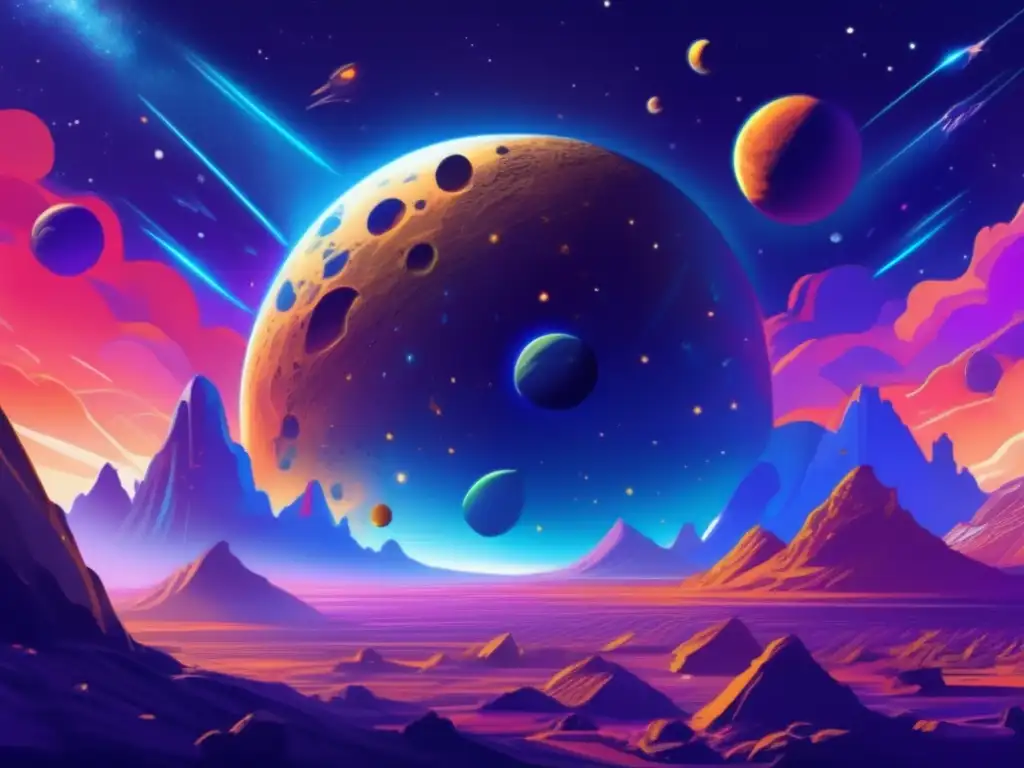 The Mythical Significance Of Asteroids In Indian Texts
The Mythical Significance Of Asteroids In Indian Texts Exploring Asteroids In Chinese Folklore
Exploring Asteroids In Chinese Folklore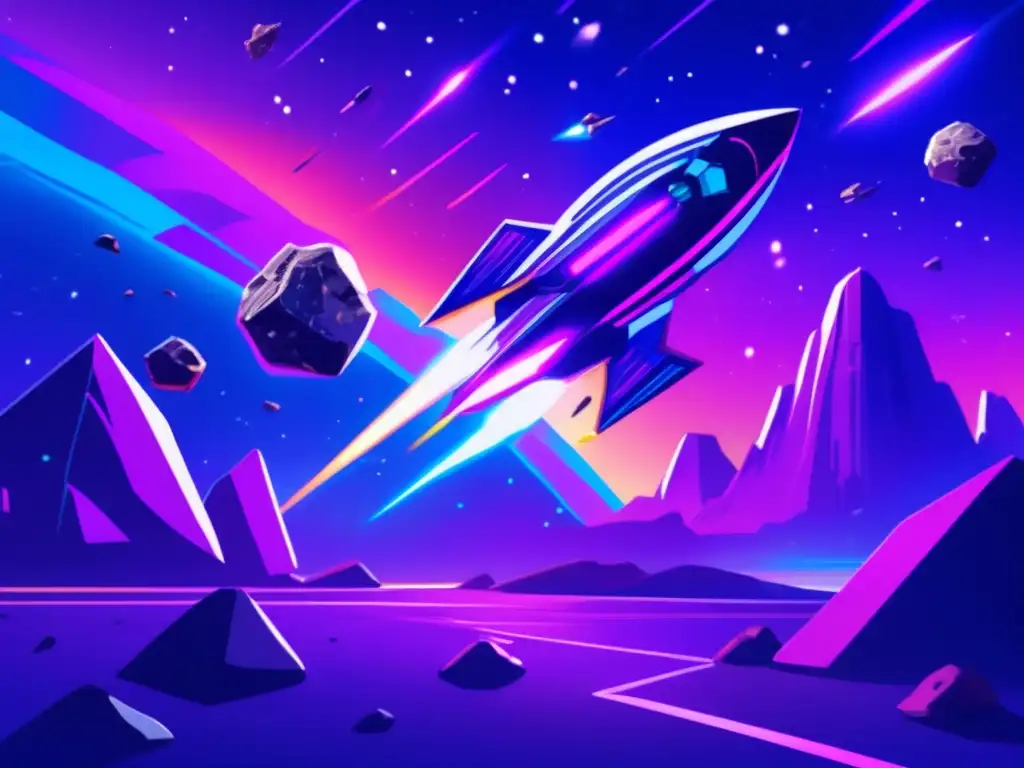 Asteroids In Southeast Asian Myths: A Comparative Analysis
Asteroids In Southeast Asian Myths: A Comparative AnalysisIf you want to discover more articles similar to Cosmic Cataclysms: Asteroids In Inuit Legends, you can visit the Asteroid Mythology category.
Leave a Reply

Articulos relacionados: